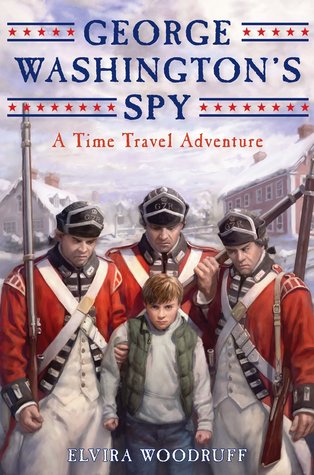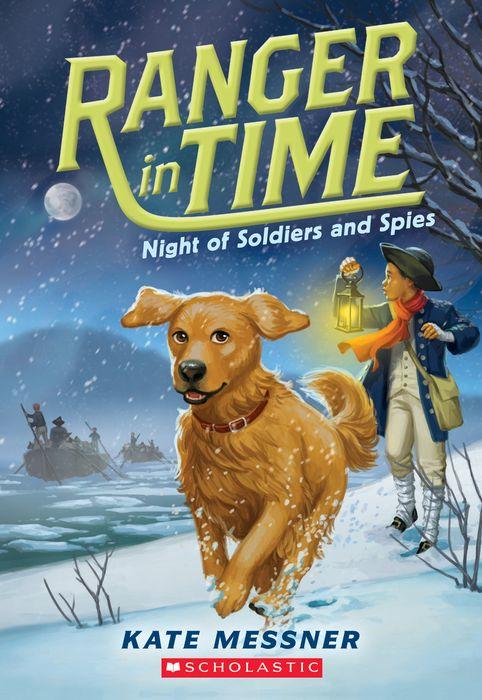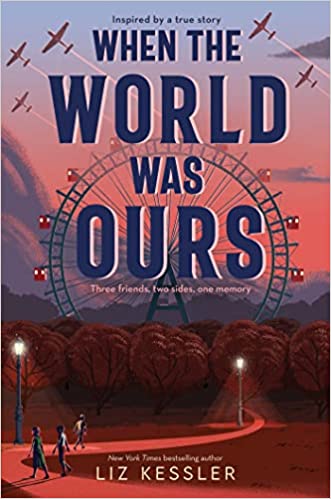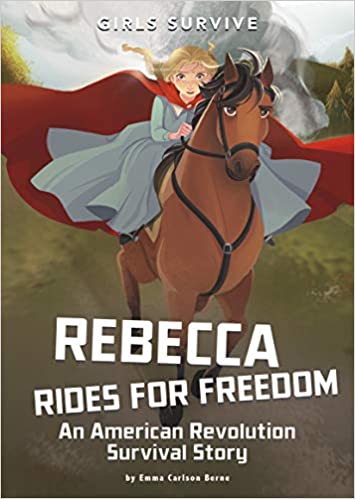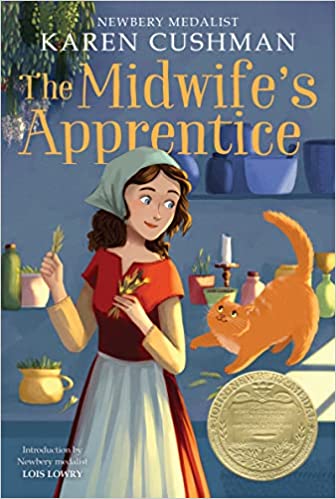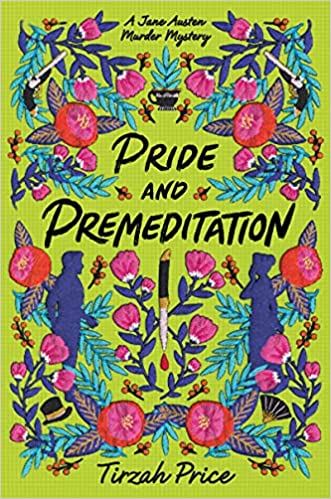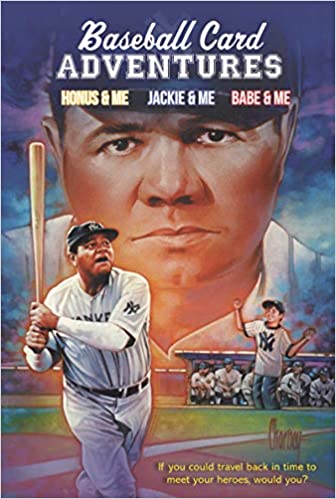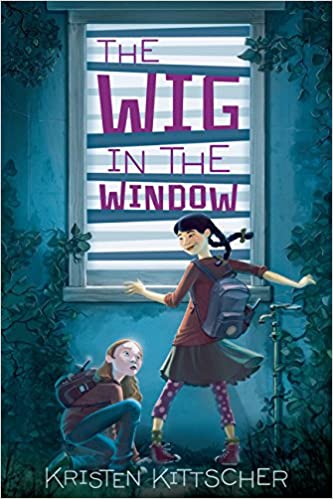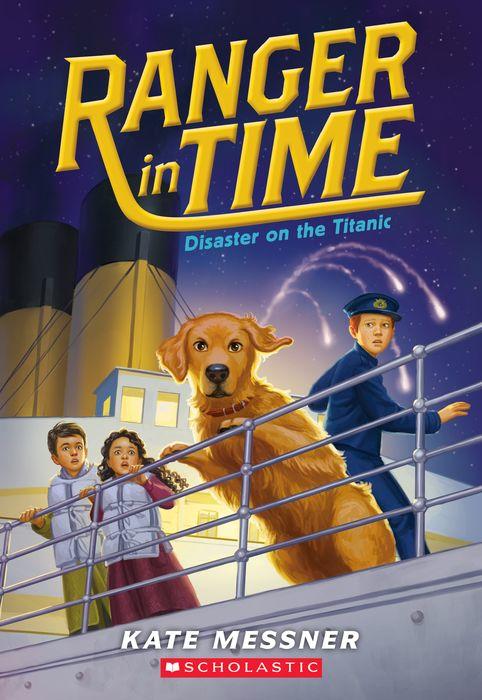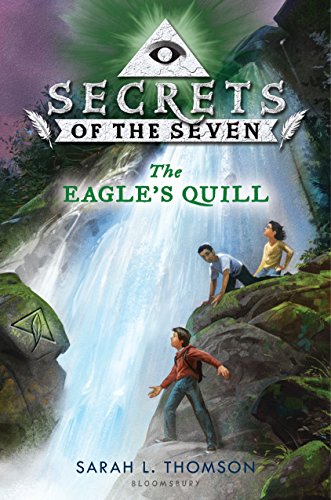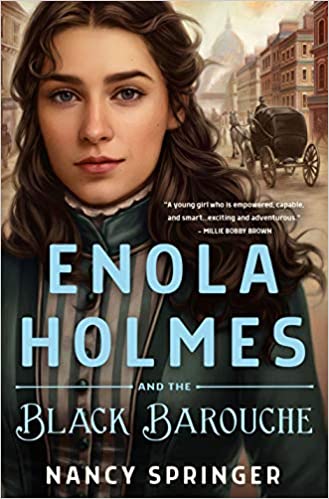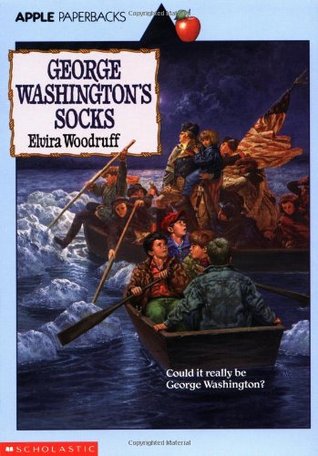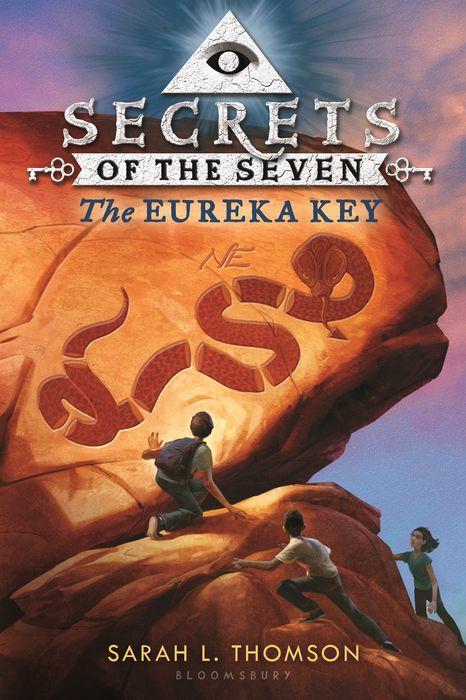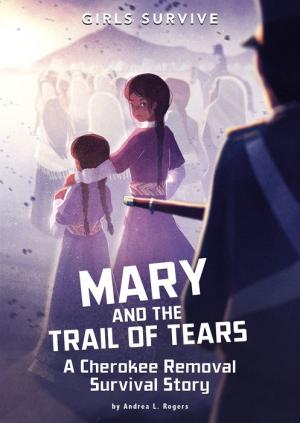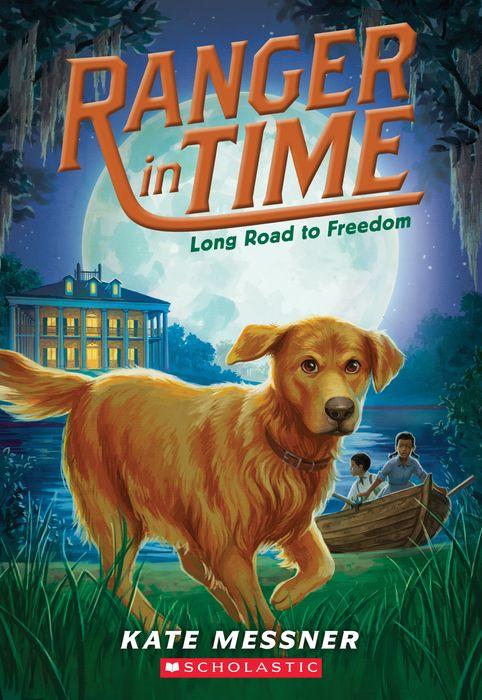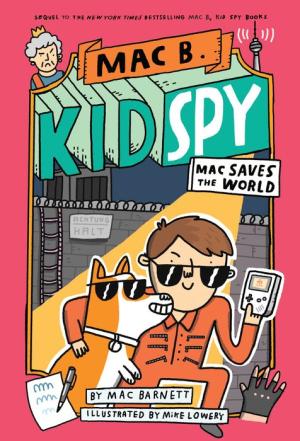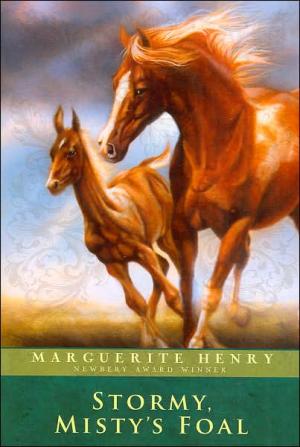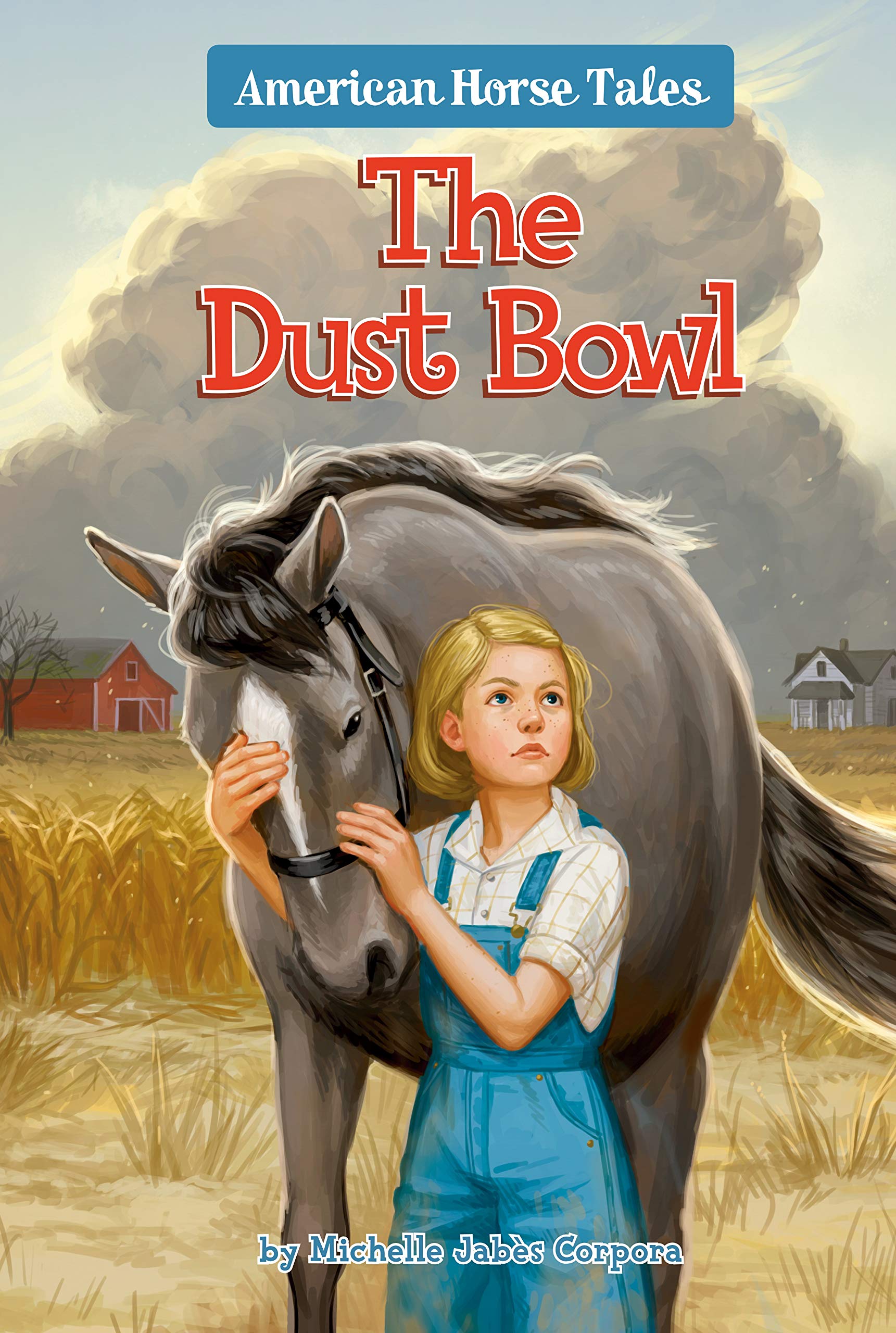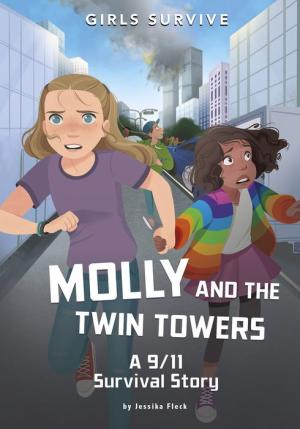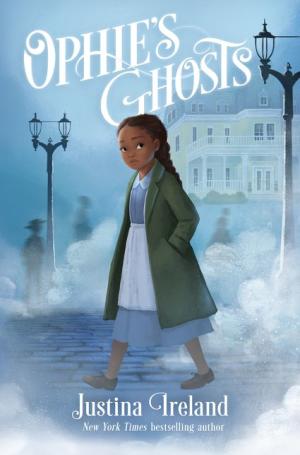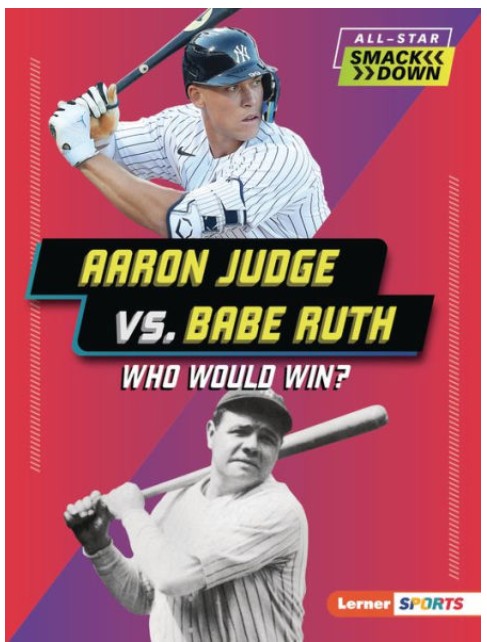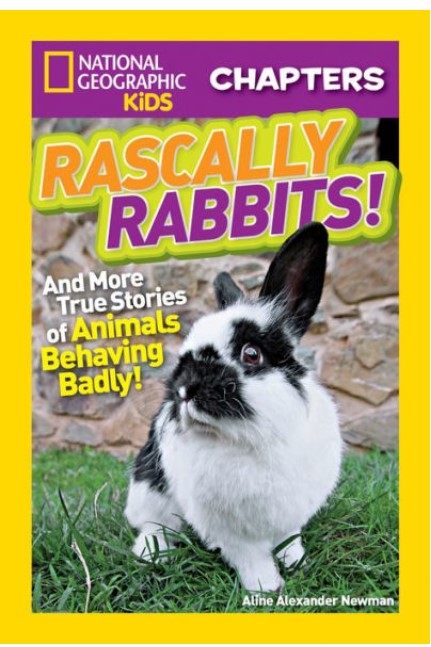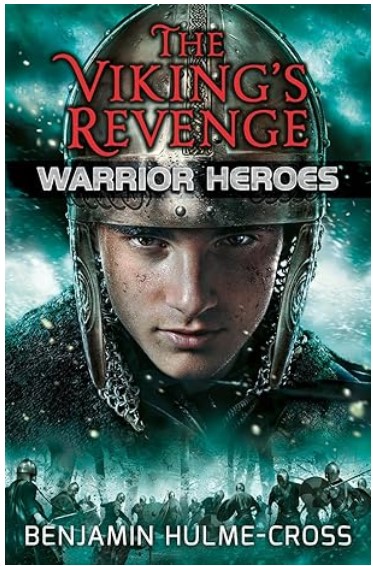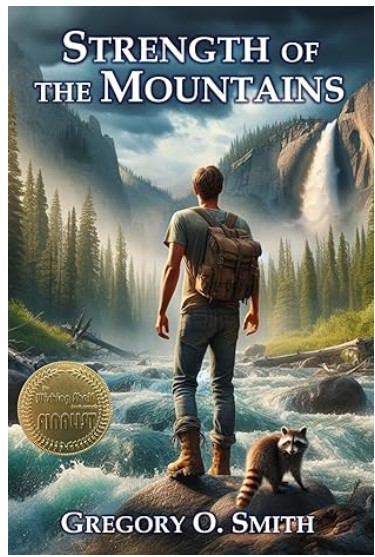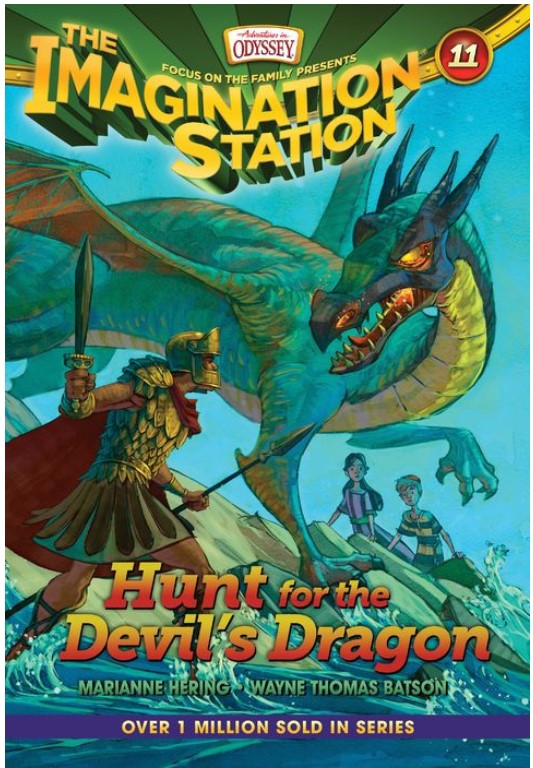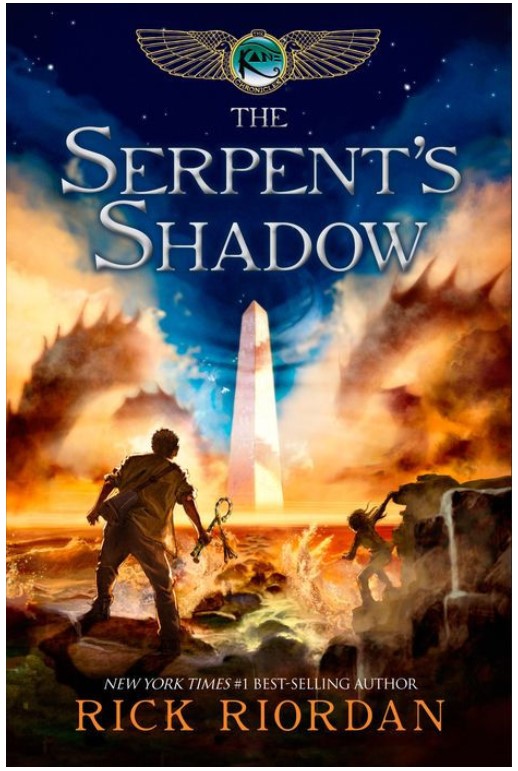Ten-year-old Matt Carlton and six friends are accidentally swept back in time—to Boston in 1776! The British now occupy the city, and Redcoat guards are everywhere! While the boys are being held captive by a den of Patriot spies, the girls have been taken in by a wealthy Tory family.
The pox is rampant; danger lies around every corner—and there’s no hope for returning home to their own time. How will these seven children survive?
Even though Matt and his friends agree with the Patriot’s efforts to rid America of the British soldiers, the story is not one-sided. The girls who traveled back in time are cared for by a Tory family, who show them kindness. The girls wonder how someone who is loyal to the king can be a good person. Master Hewson, who supports the king, explains his motivation, “In the end, I find I can only be true to my beliefs. I have to provide for my family—and my love for them is what guides me.”
The theme is explored in more detail when Matt wonders how Master Hewson, who is a Loyalist and the enemy, can have a good heart. When an angry mob grabs one of the girls, Master Hewson gives himself up to save the girl. While talking about the family, a girl says, “The Hewsons were born in America. They just chose to stay loyal to their king. Isn’t loyalty supposed to be a good thing?” This encourages readers to think about how the revolution affected both the Loyalists and the Patriots.
George Washington’s Spies is a fast-paced, suspenseful story that brings history to life. However, the story takes a grimmer look at the war than the first book in the series, George Washington’s Socks. The brutal deaths are described in more detail and may upset sensitive readers. Even though the Battle of Dorchester was a milestone in American’s freedom, the book does not glorify the war. A Patriot spy, Moses, tells Matt, “There is nothing nice about war. It feeds on lies and treachery. It is about killing or being killed.”
Along their journey, Matt and his friends meet a variety of people on both sides of the war. Plus, they meet Benjamin Franklin. While Dr. Franklin’s appearance is brief, he adds some much-needed humor. History loving readers will learn interesting facts about the Battle of Dorchester, the medical practices of the time, and how the war affected both the Loyalists and the Patriots. The entertaining story will keep readers at the edge of their seats, and while the humor is minimal, there are several parts of the story that will leave the reader grinning. Plus, the author’s note includes five pages of additional historical information including information about the Loyalists, women who played a role in the revolution, and the use of leeches in medicine. More advanced readers who want to learn more about the Revolutionary War should also read Susanna’s Midnight Ride by Libby Carty McNamee.
Sexual Content
- None
Violence
- While looking for a doctor, Matt is told that “the nearest physician was hung as a rebel spy last month.”
- While looking into an old mill, “Matt spun around just in time to see a rough-faced man grab hold of Q and bring a knife up to his neck! Seconds later, three other men stepped out of the shadows. There were muskets in their hands and tomahawks in their belts!” The men discuss killing the kids.
- One of the men, “grabbed hold of Matt by his collar and roughly lifted him off the ground. . . The man slammed Matt up against the building. Matt gasped at the pain that shot through him.”
- While in town, an officer stops a group of men. “One of the men fitted his musket with a bayonet and drove it into the head of the pig that hung before the butcher’s shop. He lifted the horrible-looking thing into the air and swung it around. The animal’s dulled, glassy eyes stared straight ahead, and its mouth hung dumbly open.”
- The girls witness four thieves being lashed. The thieves were “caught stealing wood for their fires, and one for stealing a goose.” One of the “criminals” was a “young girl of twelve or thirteen.” The girl’s “thin shoulders” stiffened and then “the whip cracked, and a piercing scream ripped through the chilled afternoon air. . . There was another loud Crack of the whip, followed by another bloodcurdling scream.” The scene is described over two pages.
- While in town, Matt sees a wagon that “was rigged with a wooden frame. Hanging from the bar atop the frame were three large butcher’s hooks that held the dead bodies of three young men! From each of their necks hung a sign painted in bold red letters that said TRAITOR!”
- Matt and Moses are on a mission when a soldier stops and questions them. Matt says something wrong causing the soldier to reach for his musket. “But as he did, Moses lunged forward, and the soldier jabbed him hard in the side with his bayonet. The two wrestled to the ground . . . Moses slammed the soldier against the wall. . . the young soldier slumped to the ground and went limp . . .”
- When Moses realizes the soldier is dead, “his face was white as ash and his hands were trembling. ‘He was hardly old enough to grow a beard.’”
- When Patience becomes ill, the doctor treats her. “A bloodied rag hung over [the doctor’s] arm, and in her wrinkled hands she held a large glass full of squirming, fat black leaches. She had placed a rope in Patience’s mouth to bite down on to keep her from screaming. . . Even more terrifying was the sight of little Patience lying on the bed—with her bare arms outstretched and five shiny black wormlike leeches sucking blood from the open vein in her arm!”
- An angry mob attacks Master Hewson’s house. The cook says, “Someone threw a rock through the kitchen window. It nearly hit me in the head!”
- The angry mob was “in the street wielding torches, clubs, and iron pokers. Their eyes were wild and angry. And like a pack of mad dogs about to attack, they had formed a circle around their prey.” They circle around Katie, and “a large, fierce looking man grabbed her by her wrists.”
- In order to save Katie, Master Hewson trades places with her. A man “bound him with rope. . . the men rip off Master Hewson’s shirt, take a pot of steaming tar, and pour it over Master Hewson’s head and torso. As he writhed in pain, they emptied a sack of feathers over him. Then, with ropes, they hoisted him up on a cart and drove down the street. . .” The scene is described over three pages.
Drugs and Alcohol
- The kids meet a man that “stank of sweat, and rum, and something gone sour.”
- A man tells Matt, “I may have emptied my neighbor’s jug of ale, but I can still remember the year.”
- A man uses gun powder to brush his teeth, then “he took a swig of rum from a pewter flask.”
- The girls are offered Portuguese wine with their dinner. They turn it down and ask for water instead.
- When a coach stops at a tavern, the driver says, “the house ale is hearty.”
Language
- The Redcoats are referred to as lobsterbacks, blasted bloodybacks, and British dogs.
- Good God, dear God, My God, and Good Lord are rarely used as exclamations.
- When the Redcoats stop a coach, a passenger grumbles, “What the devil do these Redcoats want with us?”
- A mob attacks a house. One of the men yells, “A Tory is someone with his head in England, his body in America, and his neck in need of a noose!”
- Master Hewson and his family are called “Tory trash.”
- A servant is called an impudent rascal and a clumsy oaf.
Supernatural
- A time traveling rowboat puts the kids under a spell. When the kids get close to the boat, “the boat silently glided beside them, beckoning them to come in. The group fell suddenly quiet under its spell. . . A blue mist rose up around them. . . seconds later there were neither boy, or girls, nor a boat to be seen.”
- When the boat time traveled it “spun and spun as it was thrust into darkness and space. It kept on spinning until it landed with a thud and a splash.” The kids are transported to the Revolutionary War.
Spiritual Content
- The kids pray three times. For example, at one point Emma “kept her eyes on the river, praying that the boat would return.”
- Four times, a character says “God willing” something will occur.
- A man says, “God grant that be so.”
- Someone says, “Loyalty and obedience are God’s way. Rebelliousness is the way of the devil. We must remain true to our king—and be thankful for all God has blessed us with.”
- One of the Patriots, who is using Moses as a fake name, tells Matt, “God’s not seen fit to come down from his heaven with tablets to guide me through this miserable world of ours.”
- When Moses’s sister sees his wounds, she says, “God help him.”
- While preparing for a battle, a man says, “The Redcoats will start firing back on our men soon. Say a prayer they miss their mark.”
